
Preparing for the Union of British Columbia Municipalities annual convention, Sept. 18-23 at the Vancouver Convention Centre. I came home last year from Whistler, the first in-person convention since 2019, with the very reason the events in 2020 and 2021 were conducted online. Well, I'm triple-vaxxed and ready to chance my luck again alongside a near-full compliment of Sooke councillors/colleagues, Acting CAO Raechel Gray and 1800 other delegates. It's another opportunity to explore my capacities as an "ambivert" (a new-to-me term describing the introvert/extrovert spectrum upon which we can all claim our unique personal places) while attending as many info-rich sessions and lively meet-and-greets as my nervous system can handle. My own personal balancing act, in other words, at a conference that uses that theme this year: "We aim to balance the priorities ahead and craft plans that create impact in our communities." A UBCM "wellness" component will help with its daily 7 AM group yoga stretches -- suitable indeed in a progressive province in which Canada's first-ever Ministry of Mental Health & Addictions is championing mindfulness and social/emotional/physical wellbeing for us all.
- - - UBCM convention 2023 homepage
- Pocket program at a glance
- Full program schedule (five busy days)
- 2023 annual report (definitive; see pp. 21- 46 for advocacy & policy progress with the province on multiple fronts)
- 2023 resolutions book (202 resolutions this year; 93 in the "No Recommendation" category will spur debate)
- UBCM e-newsletter The Compass (archive)
- "A State of Overlapping Crises: BC Municipalities Have Much On Their Agendas for Annual Convention" - Justin McElroy, CBC Vancouver
Sooke Advocacy Priorities
The Province invites municipal Mayors and councils to meet with Ministers for a limited number of 15-minute pitch sessions during UBCM week. This year Sooke requested the following five meetings, four of which are confirmed. Mayor Tait will again lead the presentations, and MLA Ravi Parmar will be joining us.
* Minister of Municipal Affairs Anne Kang. Topic: Infrastructure Grants.
Sooke is grateful for its $5.9 million share of the $1 billion Growing Communities Fund -- a "one-time direct grant" distributed fairly across BC and made possible by the budget surplus. (It's essential for critical infrastructure needs given, as the Minister noted, the traditional go-to Investing in Canada Infrastructure Program Community Culture and Recreation grant stream was oversubscribed by a factor of six this year.) We'll be pitching the need for sewer expansion funding across the Sooke River to service T'Sou-ke Nation Reserve #1 and the residential, industrial and Sooke School District lands east to Kaltasin Road. While the District received a hugely welcome $4.6 million towards Wastewater Treatment Plant capacity (doubled), the ambitious follow-up bid for Kaltasin/Whiffin Spit expansion was flatly denied in March. Since then, the District and the T'Sou-ke have been working to get the Kaltasin portion of the plan back on the front burner. We also reached out to Minister of Indigenous Relations Murray Rankin; his office has recommended council speak to Minister Kang. (Monday, 10 AM, Rm. 20, East Building, VCC)
* Minister of Education and Child Care Rachna Singh. Topic: Seismic Upgrade to Sooke Elementary
BC's oldest elementary school is set to undergo seismic upgrades concurrently with John Muir and Sasseenos Elementary, quite possibly within the next two years. All three schools are situated on Hwy. 14, and safety improvements must also be considered whether students travel by foot, bicycle or vehicle. Also to be raised are questions from recent council/trustee MOU meetings: Is it time to rebuild Sooke Elementary at the back of the property instead of investing in shoring up the existing site? And how would this impact the timeline for what is intended to be the next new school in Sooke -- Sunriver Elementary? (Monday, 3 PM, Rm. 18)
* Minister of Public Safety and Solicitor General/Deputy Premier Mike Farnworth. Topic: Vancouver Island Integrated Major Crime Unit (VIIMCU). VIIMCU is the RCMP division that investigates "homicides, suspicious deaths, missing persons where foul play is suspected, in-custody deaths and police-involved serious injuries." Current Greater Victoria participants are West Shore RCMP, Victoria Police, Saanich Police, Oak Bay Police, and Central Saanich Police Departments. Other CRD municipalities are on the unbudgeted hook for investigation costs (which can reach into the hundreds of thousands of dollars). Major crimes out here are infrequent, but one such example occurred in March ... another in May 2022 ... and another in May 2018. For our financial part, Sooke is addressing long-term RCMP staff shortfalls by adding five new officers within three years. (Thursday, 9 AM, Rm. 19)
* Minister of Health Adrian Dix. Topic: Health Services Planning. Fabulous and hugely welcome news, of course, that Sooke will get a Community Health Centre/Urgent-and-Primary Care Centre within three years on Lot A near the library and the planned Gathering Place. This new build behind Western Foods will consolidate local primary-care services from West Coast Family Medical Clinic and other local providers (BC Ambulance included, it's hoped) into a single location. Further aligning ducks and getting it funded and built is the challenge for Sooke's Community Health working group as they continue their decade-plus of work on this file led by Mayor Tait and SRCHN's Mary Dunn. (Thursday, 1:20 PM, Rm. 16)
* Minister of Transportation and Infrastructure Rob Fleming. Topic: Alternative Route. Agreed all the more after this traffic-heavy summer: The demands on Highway 14 are becoming "untenable," stated the District's meeting request, even with the $65 million in safety improvements near 17 Mile House. Council wishes to thank the Minister for the highway upgrades thus far (and there have been many) ... while also voicing need for essential future work, notably a second bridge crossing and funding support for the Throup-Grant Road connector route. (We're told the Minister is barraged with meeting requests, and Sooke is advised to book a date with senior staff in Victoria later this year.)
At the 2022 convention in Whistler, Mayor Tait and several of we councillors met with Health Minister Dix, then-Minister of Education Jennifer Whiteside (re: timeline for a new Sooke elementary school and upgrades to existing ones); and Solicitor General Farnworth (VIIMCU). In Dix's case, the Mayor focused yet again on her long-term campaign for expanding health-care facilities in Sooke, the happy news about which emerged this spring. My first such UBCM experiences were as a mostly silent witness to Mayor Tait's online meetings in 2020 with then-Education Minister Rob Fleming and then-Minister of Mental Health & Addictions Sheila Malcolmson.
UBCM Priorities
On behalf of the 193 local, regional and First Nations governments in BC that it represents, UBCM strategically works year-round on hot-button issues requiring attention, policy tweaks, legislative amendments and/or funding from the Province. It does so during annual Advocacy Days meetings with MLAs and cabinet Ministers in Victoria each spring (Mayor Tait was one of a half-dozen UBCM reps who attended this year) ... and ongoing year-round via a set of standing committees represented in joint working groups involving provincial staff.
- President's Committee
- Convention Committee
- Environment
- Indigenous Relations
- Community Safety
- Community Economic Development
- Health and Social Development
- Nominating Committee
- Resolutions
UBCM 2022/23 Executive Priorities (see annual report, pp. 6-9)
~ Local Government Finance - Sustainable, long-term, predictable Province of BC funding for local governments paired with policy support in three priority areas: attainable housing, climate change and community safety. See Ensuring Local Government Financial Resiliency (2021), which presents recommendations that reiterate and expand on those found in UBCM's Strong Fiscal Futures report (2013).
This work is coordinated by UBCM and provincial staff within the Local Government Financial Review Working Group (see its August 2023 report). Top of mind always is this consensus "problem statement" - "Property tax is useful and important as an own-source revenue tool, but local governments report difficulty raising enough revenue from property taxes, particularly regarding infrastructure capital costs and select service delivery costs driven by senior government regulations and environmental factors."
These efforts align with the Federation of Canadian Municipalities' Municipal Growth Framework campaign at the federal level. Its key point: "Local governments’ scope of responsibilities continues to expand—including driving action on-the-ground in new areas like homelessness, housing, mental health and addiction, as well as sustainability, climate adaptation and mitigation—outstripping funding provided by an outdated funding framework. Who pays for it all, through what means, and how do we keep municipal budgets balanced?"]
In brief: Thanks for the municipal funding to date, but more $$$ please and thanks.
~ Housing strategy - Subject of UBCM's Housing Summit in April, scheduled at time of release of the Province's Homes For People action plan. UBCM's initial response to the plan is here. The Ministry of Housing has indicated it will track 47 growing BC municipalities (Sooke included) as we/they enact recommendations and meet targets in our/their respective Housing Needs Reports. (Sooke is already well ahead of its targets; we have nearly 1,000 units approved for construction and another 1,000 anticipated. See MOTI meeting request above as to why this is problematic.)
The latest news we'll likely hear at the convention (via Globe & Mail, Aug. 18) -- "BC is putting together a 'land bank' that will consist of public land to be used towards the creation of affordable housing. The bank will include provincial, federal and municipal lands, and Housing Minister Ravi Kahlon said in an interview last week that he expects the initiative, called BC Builds, to be launched early next year. He says the era of selling off public land is over, and instead, government is making use of existing public lands and even buying up more land, particularly around transit." (In response to a Provincial request early this summer, Sooke has shared that we have little or no available public land for land-bank purposes.)
Much buzz to be expected over the federal government's Sept. 14 announcement of GST exemptions for "new purpose-built rental housing, such as apartment buildings, student housing and senior residences built specifically for long-term rental accommodation" through 2035. (4 units minimum, not secondary suites)
~ Infrastructure funding. UBCM is representing local governments in renegotiation of the Canada-Community Building Fund (formerly Gas Tax Fund). A permanent doubling of the current $293 million transferred to BC annually from Ottawa (as per 2019 and 2021) would be appreciated, of course. 50% of this transfer is dedicated to Greater Vancouver, and funds are also hived off for BC Transit, Trans-Link and non-profits. The amount is indexed to rise incrementally each year, and Sooke will receive approx. $630k in 2023 + UBCM page + 2018 UBCM outcomes report + funding to Sooke over the years has gone towards multiple road, trail and other infrastructure improvements, master-planning documents, the Fred Milne turf field, the SEAPARC weight room/fitness studio and more.
~ Indigenous Relations: Land use planning as it relates to Indigenous land claims and TRC recommendations + submissions (2021 and 2016) to the National Inquiry into Missing & Murdered Aboriginal Women & Girls + Pathways to Collaboration showcases of economic collaboration between First Nations and municipalities + advocacy for safe drinking water on reserves (as of June, "142 long-term advisories were lifted since November 2015. An additional 28 long-term advisories remain in effect in 26 communities.")
~ Climate Change and Climate Action: Continued work on advancing the Nov. 2020 recommendations of the UBCM Special Committee on Climate Action via the CleanBC Roadmap to 2030 and its related Climate Preparedness and Adaptation Strategy: 2022-2025, namely:
* Zero emission housing and low-carbon retrofits
* World-class low carbon vehicle charging network
* World-class active transportation infrastructure (based on the province's Move, Commute, Connect Active Transportation Strategy)
* Land-use planning for vibrant, compact & complete communities
* Management of solid and liquid waste as resources
* Regional climate risk assessments and capital plans
* Creating climate champions (10 test-pilot communities)
Reference: BC Climate Change Accountability Report (2022)
~ Community transition support via the BC Rural Economic Diversification and Infrastructure Program
~ BC Fire Safety Act modernization (see 2022 convention slide deck) and revision of the BC Emergency Program Act + needed municipal funding to enact arising new responsibilities (UBCM emergency services page). The working group makes "recommendations regarding the implementation of the revised BC Structure Firefighter Minimum Training Standards by providing information related to current fire service infrastructure and priorities of local government fire services."
- Cannabis taxation revenue sharing. Despite multiple near-unanimous resolutions since 2017, the province "remains unwilling to engage in meaningful discussion" about sharing this revenue with local governments. See 2019 UBCM position paper and this year's resolution from Port Moody. The Province figures the cannabis industry contributes $2.4 billion to the provincial economy annually; federal tax revenue is currently distributed to municipalities in Ontario, Quebec and Alberta.
Other areas of policy and advocacy focus in recent years ...
- Provincial response to the opioid crisis -- decriminalization (2021) backed by provincial support for safe consumption, drug testing, detox and treatment
- Development of Code of Conduct for elected officials, committee members and municipal staff + introduction of an online course
- Public safety: Addressing "random violence, street disorder and repeat offenders" through reform of the federal Bill C-75 as it pertains to the Criminal Code, the Youth Criminal Justice Act and others -- largely re: detention of repeat offenders for appropriate periods + UBCM submission to the Special Committee on Reforming the Police Act (2021) and slide deck
- Wrecked, abandoned or hazardous vessels + Transport Canada's Abandoned Boats program
- Improved elections eduction for candidates via BC Municipal Affairs website
- Rail safety improvement program
2023 Resolutions to be forwarded to the province if successful
UBCM attendees debate (at pro and con microphones) and then vote annually on a set of resolutions submitted by municipal councils for approval by the UBCM Resolutions Committee. These typically add fresh urgency and/or new textures to long-time campaigns that continue to evolve as municipal members annually shape UBCM advocacy with the Province.
Successful resolution votes (50% + 1) are forwarded to the appropriate BC ministry for consideration. Ministerial responses flow back in over the next six months and are catalogued on the UBCM website here (searchable back to 1987). The 2022 replies package details how the Province is responding on the many and varied fronts raised through resolutions. (See pp. 34-45 of this year's annual report for an overview of provincial responses over the last five years).
This year's resolution book features 202 resolutions from 87 BC local governments and regional districts. (Sooke did not submit one this year). As ever, these well-documented wishes are divided into categories:
~ Extraordinary Resolutions (ER) to amend UBCM bylaws;
~ Special Resolutions (SR) determined by the UBCM executive;
~ Endorse Block (EB) and Non-Endorse Block (NEB) of resolutions that either align with or are contrary to existing UBCM policy. (These are dealt with in a single vote unless delegates wish to remove one or more resolutions for debate.)
~ No Recommendation (NR) resolutions left by the UBCM to the will of delegates. This takes up the lion's share of the allocated time.
~ Referred Resolutions (RR) which either duplicate other resolutions or are best dealt with by the UBCM executive.
And thematically divided as follows:
* Health and Social Development
* Housing
* Community Safety
* Environment
* Regional Districts
* Finances
* Land Use
* Taxation
* Transportation
* Legislative
* Assessment
* Community Economic Development
* Elections
The resolutions session will begin Wednesday morning with three UBCM board-directed resolutions ...
1. Amend the resolution submission deadline: Fully 25% of resolutions arrive in the week prior to the submission deadline. Swamped UBCM staff are asking that the deadline be moved back a fortnight to June 15. (It is broadly recognized that too many unnecessary resolutions are pumped out by what grumpy naysayers define as virtue-signalling councils. These often duplicate earlier resolutions and/or fail to reflect recent provincial responses.)
2. Health equity for rural and remote communities: Calling for additional heath-care supports, locums, nurse practitioners, ambulance paramedics and visiting medical specialists in rural communities far removed from health-care facilities.
3. 911 Emergency communications service delivery: Modernizing the 911 system in accordance with Ottawa's Next Generation 911 policies.
The Endorsed Block features 73 resolutions that will be dealt with in a single quick, likely near unanimous vote. Here (pp. 35-81) you'll find what UBCM figures are the consensus wishes and wants of all BC local governments in 2022/23. Many/most duplicate earlier resolutions in spirit and intent if not exact language, all of them long-game ambitions the Province is addressing to varying degrees and timelines. Topics include modernization of the Local Government Act, provincial support for local government implementation of the Declaration on the Rights of Indigenous Peoples Act, biodiversity protection, emergency response funding, safe drug supply, short-term vacation rentals, extreme weather response for the unhoused, heat-pump incentives, the Recycle BC Stewardship program, oversubscribed federal funding programs, protection of old-growth forests, increased BC Transit funding, equitable communities and much else.
The NR (No Recommendation) sessions on Thursday and Friday will feature an additional 93 resolutions to be debated at suitable length. Browse them starting on pp. 87 of the Resolutions Book. Here's a select and rather random list of some among the many that strike me as intriguing ...
* $10/Day Child Care Coordination and Funding (NR1) ~ Further calls for a universal, affordable child-care system that includes provincial coordination of facility design, construction and staffing.
* Removing the Financial Barrier to Home Support for BC Seniors (NR5) ~ Waive fees associated with the Home Support Program to enable more seniors to age in place regardless of income.
* Tackling BC's Toxic Drug Health Emergency (NR7) ~ Accelerated Provincial action re: drug testing, supervised consumption and harm-reduction sites, and review of the BC decriminalization program and the Federal Safer Supply Pilot Project.
* Vaccine Mandate for Healthcare Workers (NR13) ~ Calling on the Province to lift the COVID-19 vaccine requirement for unvaccinated healthcare workers as it has done for most public employees.
* Expanding Development Permit Powers to Allow for Pre-Zoning (NR15) ~ Given the province's desire for more pre-planned housing, the Local Government Act should allow local governments to request road dedications, statutory-rights-of-way and infrastructure servicing upgrades through the development permit and/or building permit process.
* Increasing Affordable Rental Housing Supply (NR21) ~ Asking the Province to lobby Ottawa to encourage more affordable housing from the private sector and non-profits via reform of the CMHC's Rental Construction Financing Initiative.
* Advocacy for Pet-Friendly Housing (NR23) ~ Request for BC Housing to support pet-friendly housing in the non-profit sector.
* Encampment Management (NR25) ~ Request that BC Housing take on management and oversight of tent encampments across BC. This differs from current policy of the Province working in collaboration with local governments (as per this 2021 Ministry of Housing response to an earlier such resolution: "The Province takes a 'Housing First' approach to homelessness and encampments, prioritizing outreach, access to shelter and housing, as well as health and social supports. This approach includes BC Housing’s work with local governments and local authorities to address encampments as they arise, ensuring people’s health, safety and access to housing supports. This includes working together to create suitable housing options with wraparound supports."
* "The Village" Model of Supportive Housing (NR26) ~ BC Housing asked to base its future homeless response on the City of Duncan's transitional housing initiative that has created an empowering village context for homeless individuals who can access individual sleeping cabins, communal eating/gathering spaces and necessary support services.
* Provincial Cannabis Tax Sharing With Local Governments (NR31) ~ The annual refrain, this time via Port Moody: "UBCM ask the Province to share up to 50 percent of provincial revenues generated from the production and sale of cannabis products with BC local governments." In 2018, Ottawa cut its share of the GST pot to 25% given costs borne by local governments. Last year the Province stated that the windfall (even with added PST) was proving less than anticipated and that it continued to use what it received to cover its own related costs.
* RCMP Cost-Sharing Agreements (NR34) ~ As Sooke experienced this year, its a major budget hit to begin paying for 90% of RCMP costs once past the 15,000 population threshold (vs. 70 percent for communities with 5k or more residents). This resolution calls for additional of a gentler transition phase. (A revived BC Local Government Policing Modernization Roundtable is exploring this and other issues.)
* Riparian Areas Protection Regulation Compliance (NR41). Speaking to the increasing time it takes for the Province to respond to referral and approval requests of multiple kinds, Sicamous asks that local governments be given authority to accept and approve reports from Qualified Environmental Professionals (QEPs).
* Understanding BC Hydro's Electrification Capacity (NR43). Squamish call for BC Hydro to better communicate how it is preparing through its Electrification Plan (2021) to expand the grid to meet a surge of demand from the coming wave of retrofits and changing community energy policies. ["Our goal is to reduce greenhouse gas emissions in the province by 900,000 tonnes per year by April 2026 – that’s around the same as taking 200,000 gas-powered cars off the road for one year. Our Electrification Plan outlines how we’ll get there."]
* New Contribution Model to Finance Local Governments in Climate Transition (NR45). With the kickstarting Local Government Climate Plan Program currently limited to three years, Comox Valley RD asks "the Minister of Municipal Affairs and BC Cabinet to establish a new contribution model similar in size and structure to the Canada Community Building Fund in order to accelerate local government climate-related investments."
* BC Resources for Estimating Climate Costs (NR46). A call for the province to help LGs "better calculate and understand the financial costs that they are experiencing, or may experience, due to climate change and the need to prepare for climate impacts." (See Canadian Climate Institute's 2021 Damage Control report. <clip> "In 2025, Canada will experience $25 billion in losses. In addition to slowing GDP growth, climate impacts will cause large job losses, as heat-induced productivity losses and premature deaths shrink relative to a stable-climate scenario, which is equal to 50 per cent of projected 2025 GDP growth. The mounting costs compound quickly over the years and decades ahead, rising to $78 and $101 billion annually by mid-century for a low and high emissions scenario respectively, and $391 and $865 billion respectively by end of century."
* Planning Tools for Habitat Protection (NR47). Parksville asks that the province establish a working group to assess BC's position relative to the 2022 UN Convention on Biological Diversity's Kunming-Montreal Global Biodiversity Framework arising from last December's COP-15. See framework in full (PDF) + federal government statement + Federation of BC Naturalists recommendations.
* Decreasing Food Waste, Increasing Food Security (NR48). Vancouver asks the Province to "measure, monitor and make publicly available data on food waste in BC" as a baseline for future policy and incorporate subsequent actions into the CleanBC 2030 climate action plan. As the resolution (with its inevitable run-on sentence) states: 11.8 percent of BC households (485,500 people) experience some level of food insecurity; 3 percent of households (91,100 people) experience severe food insecurity; 163,000 people in BC used a food bank in March of 2022 and demand is expected to increase by 60 percent in BC this year; 63 percent of all throwaway food could be eaten; and 40 percent of produce generates GHGs in landfills." See National Zero Waste Council's Love Food Hate Waste website.
* Control of Scotch Broom (NR51). Qualicum Beach renews its war against invasive Scotch Broom (aka Scarothamus Vulgarus), brought to Van isle by none other than Sooke's Capt. Grant in 1850. (His three seedlings were but the first of many sources, including Victoria garden shops and via mail order from Royal Botanic Gardens in London, England.) Now rated as the Top Worse Offender by the Invasive Species Council of BC; this year's resolution highlights its highly inflammable qualities and the need to create fire breaks by strategically eradicating it across BC. [Over the years UBCM has sought responses to quagga and zebra mussels; asian clams; soils free of invasive pests; bans on sales of invasive species; a rat reduction policy; and aquatic invasive species (knotweed, for notable instance.)]
* Flexibility in Growing Communities Fund (NR55). Expand the fund, launched last fall, to include affordable housing projects. (No guarantees to date, however, that the fund will be more than a one-time windfall.)
* ALC Exclusion Applications (NR59). Effective September 2020, the Agricultural Land Commission Act was revised so that local governments are tasked with processing/approving/rejecting proposed ALR exclusions. Cariboo RD notes that this work "requires considerable administration, staff time, and financial resources" on matters that "solely benefit private property owners" -- therefore please reverse the policy and again require land owners to work directly with the ALC (which, in turn, would again seek approve/reject/no-comment feedback from local governments.)
* ALC Expansion of Non-Farm Usage on Farmlands (NR60). Request for a Temporary Use Permit system to allow farms to expand agri-tourism activities and operate on-site bistros and restaurants.
* Cost Recovery from Upper Watersheds/Privately Managed Forest Lands (NR67). Concerned about downstream impacts of forestry on community watersheds. Cowichan Valley RD asks that "the Province partner with local governments to review taxation and cost recovery options from private managed forest lands to support local governments in watershed management and stewardship to mitigate and adapt to the effects of climate change." See province's Community Watersheds webpage + pp. 15/16 in Sierra Club BC's Intact Forests, Safe Communities (2021).
* Limitation of Rent Increases on Commercial Properties (NR70). White Rock notes the challenges for local businesses and requests that the Province establish a counterpart to the Residential Tenancy Branch for commercially zoned properties.
* Increasing Tax Exemptions for Volunteer Firefighters & Search-and-Rescue Volunteers (NR75). City of Nanaimo recognizes essential volunteer workers and calls for a $10k tax credit, up from the current $3k for "volunteers who provide at least 200 hours of volunteer service to a volunteer fire department, an eligible search and rescue organization, or a combination of both." Under debate in Ottawa currently via Bill C-310.
* BC Transit Service Delivery Model Flexibility (NR76)
* Zero Emission Vehicles (NR80)
* MOTI Required Highway Upgrades (NR83)
* Personal Leaves for Elected Officials (NR85)
* Extending Election Nomination Period (NR91)
* Wellbeing of Future Generations Act (NR93). Saanich council asks the Province to create an act requiring "public bodies to think about the long-term impact of their decisions, to work better with people, communities and each other, and to prevent persistent problems such as poverty, health inequalities and climate change."
Note: It was deeply frustrating to me and most at the first few conventions I attended that sufficient time hadn't been reserved to process all No-Recommendation resolutions. Enough of us griped that this is no longer the case; 6.5 hours in total this year is allocated in a schedule otherwise packed with workshops, presentations, the trade show, area luncheons and networking receptions. Thank you, UBCM.
Elections
A new and reshuffled UBCM executive is elected annually by delegates. Newcomers typically enter the hierarchy as Directors At Large, then consider moving into the executive roles -- Third, Second and First VP, and President. Traditionally, as I understand it, the First VP and President roles are uncontested each year. Hence current President (Whistler councillor) Jen Ford will end her term and be succeeded by current First VP Trish Mandewo, Councillor with the City of Coquitlam. Likewise, Second VP Art Kaehn, Area E (Woodpecker-Hixon) Director with the Regional District of Fraser-St. George will become First VP. There are two nominees each for the other officer positions ... and seven are standing for the five Director At Large positions (with one or more likely being nominated from the floor, as was the case with Mayor Tait when she started her UBCM climb in 2016.)
This year's convention ...
Monday
Tuesday
Wednesday
Thursday
Choices must be made among concurrent workshops, but my intent is to attend the following ...
Monday: 9:30 to 11:30: A Conversation on Decriminalization and Public Use
"Earlier this year, the BC government received a three-year exemption by Health Canada from the Controlled Drugs and Substances Act to decriminalize the possession of certain illegal drugs. While local governments endorsed resolution 2021-NR44, in support of decriminalization as one of the tools to address the overdose crisis, local governments are also raising concerns about the use of these drugs in parks, playgrounds, and other public spaces. This session will explore the complex issues of the drug toxicity crisis, decriminalization, stigma, and public substance use." [In light of this week's announcement from the Ministry of Mental Health and Addictions: "Effective Monday, Sept. 18, 2023, possession of illicit drugs within 15 metres of any play structure in a playground, a spray or wading pool, or a skate park will be prohibited. B.C. had made a request to Health Canada for an amendment to the decriminalization policy to add these spaces to existing exclusions on possession, including on the premises of K-12 schools and licensed child care facilities. The federal minister of mental health and addictions and associate minister of health has approved B.C.’s request."]
Monday: 2:15 to 4:15 PM: Tools, Funding & Resources for Local Governments
"This session will provide opportunities for delegates to meet with representatives from more than 25 agencies that provide tools, resources, funding or other supports that help local governments to increase capacity, improve service delivery, and undertake local planning, projects and development."
Tuesday: 7:30-8:30 AM: Strengthening Democracy, Balancing Partisanship
"Once standing two sword lengths apart in the BC Legislature, former NDP Premier Mike Harcourt and former Socred & BC Liberal Minister Graham Bruce, are now working together to highlight concerns and misperceptions about our democracy and how we might strengthen democracy as elected persons. As mayors (Mike – Vancouver and Graham – North Cowichan), both speakers have experienced the front-line issues and pressures of local government. Is there a real threat to Democracy worldwide and what role can Mayors & Councilors play in ‘Strengthening Democracy’."
Tuesday, 1:45 PM: Exploring the Health Impacts of Wildfires
"The 2023 B.C. wildfire season has been declared the most destructive ever recorded based on square kilometers burned. That declaration was made in mid-June, not even half way through the wildfire season. In the months since that declaration the wildfires have not relented, and have continued to ravage communities, putting lives at risk and creating a host of negative health impacts. This year’s plenary session will explore these health impacts, both physical and mental, and discuss some of the ongoing research, as well as strategies to help protect our communities."
Tuesday: 3:15-4:30 PM: Climate Action, Forest Management & Your Community
"This session will include an update on the recent announcement around Forest Landscape Plans, progress on an action plan for old growth management, and new tools and climate science to support these initiatives."
Julie MacDougall, Executive Director Strategic Initiatives, Office of the Chief Forester, Office of the Chief Forester, Ministry of Forests
Eamon O’Donoghue, Associate Deputy Minister, Ministry of Forests
Colin Mahoney, Research Climatologist, Forest Carbon and Climate Services Branch, Ministry of Forests
Norah White, Executive Director, Provincial Old Growth Strategy, Ministry of Forests
Derek Lefler, Director, Forest Science, Planning and Practices Branch, Ministry of Forests
Wednesday, 7:30 AM - Creating the Right Conditions (clinic)
"Join three non-profit housing leaders as they share their experiences of successfully working with municipalities to address critical housing need in their communities while balancing the needs and concerns of other community stakeholders."
Wednesday, 9:25 AM - Keynote Address: John Herdman
Head coach of the Canadian men's and women's World Cup teams, and now Toronto FC + Guardian article
Wednesday, 3 PM - Cabinet Town Halls
Tag-team sets of NDP cabinet ministers gather to address major themes, in this year's case Emergency Preparedness, Housing and Stronger Public Services. Details in the convention schedule. The Housing session features Ravi Kahlon, Minister of Housing; Katrine Conroy, Minister of Finance; and Jennifer Whiteside, Minister of Mental Health and Addictions ... "supporting regional growth by building more livable communities, supporting our most vulnerable citizens by creating complex care housing programs, and ensuring we have a housing market that includes a diversity of affordable housing options."
Wednesday: 4:15 PM - Climate Energy Association's annual Climate and Energy Action Awards (25 nominees)
Thursday, 7:30 AM - Digital Transformation of the Housing Development Process (clinic)
"The Province is working with partners across the housing development sector to speed up housing-related permits and improve the service experience for homeowners, builders and developers. The Ministry of Housing & the Ministry of Water, Land, and Resource Stewardship will present on initiatives to digitize and automate the building permit process, and the ongoing collaboration and coordination of Natural Resource Ministry permitting for a more streamlined experience."
Thursday, 2:30 PM - Provincial Clean Transportation Action Plan
Five significant sessions unfolding simultaneously. I'll likely opt for this one featuring Minister of Energy, Mines & Low Carbon Innovation Josie Osborne re: the Province's Clean Transportation Action Plan, set for release later this year and focused on GHG reduction, reduced vehicle kilometres travelled and mode shift. I also want to duck into the Creating Climate Resilient Communities Through Collaboration session since it features Simon Fraser University's Alison Shaw, responsible for the Low Carbon Resilience model that the District adopted in 2021 and continues to work with today.
Friday, 11 AM - Closing address by Premier David Eby
Footnoted:
UBM Funding Opportunities
- Local Government Program Services funding programs
- September 2023 update
- New in 2023: Disaster Risk Reduction-Climate Adaptation funding stream
- Community to Community Program (funding for events linking First Nations and local governments)
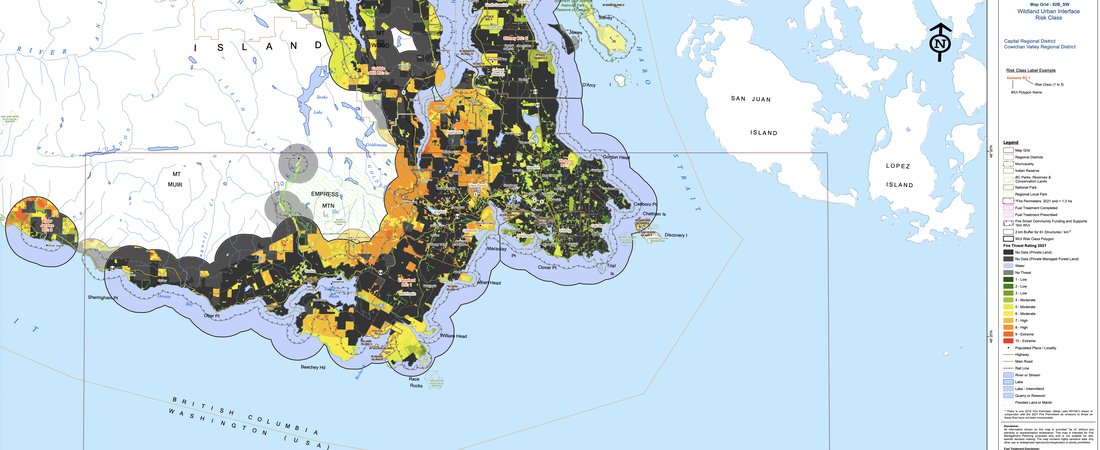
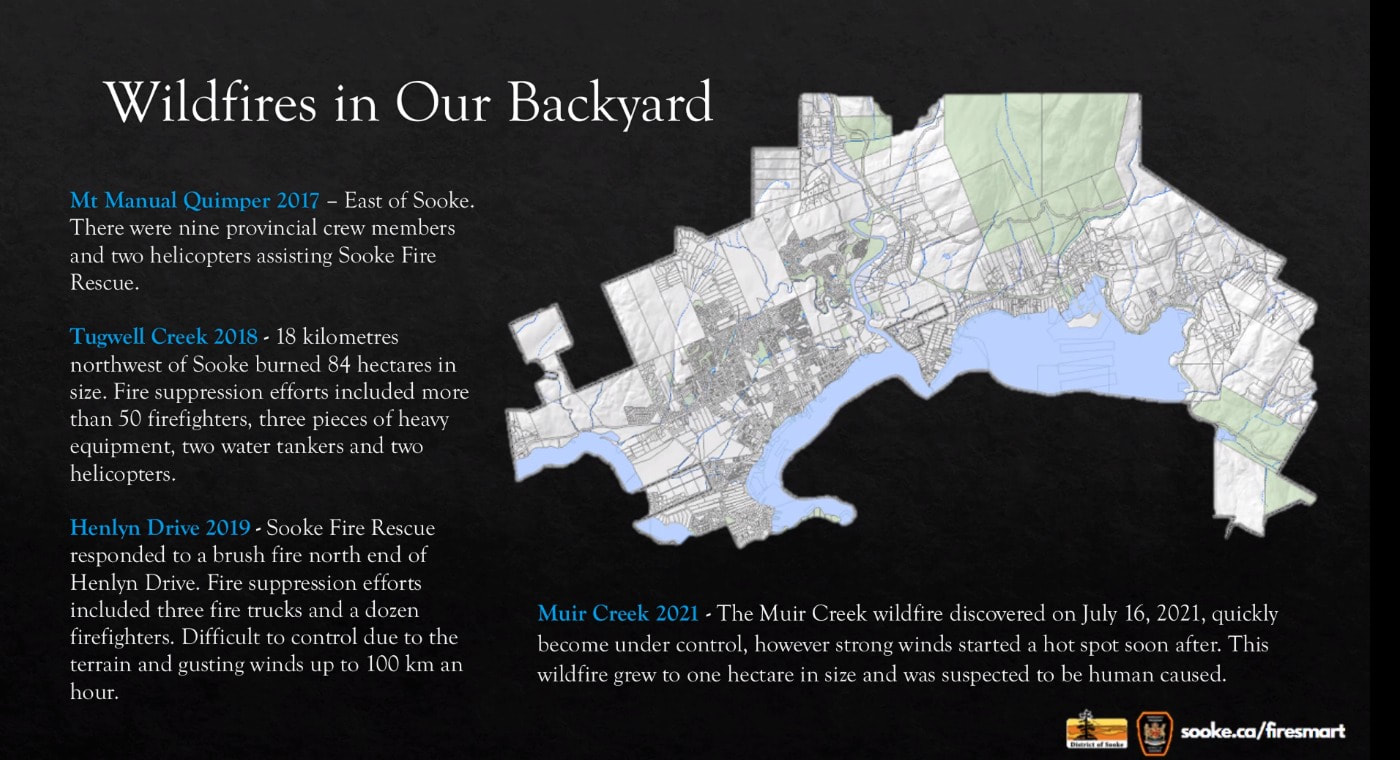
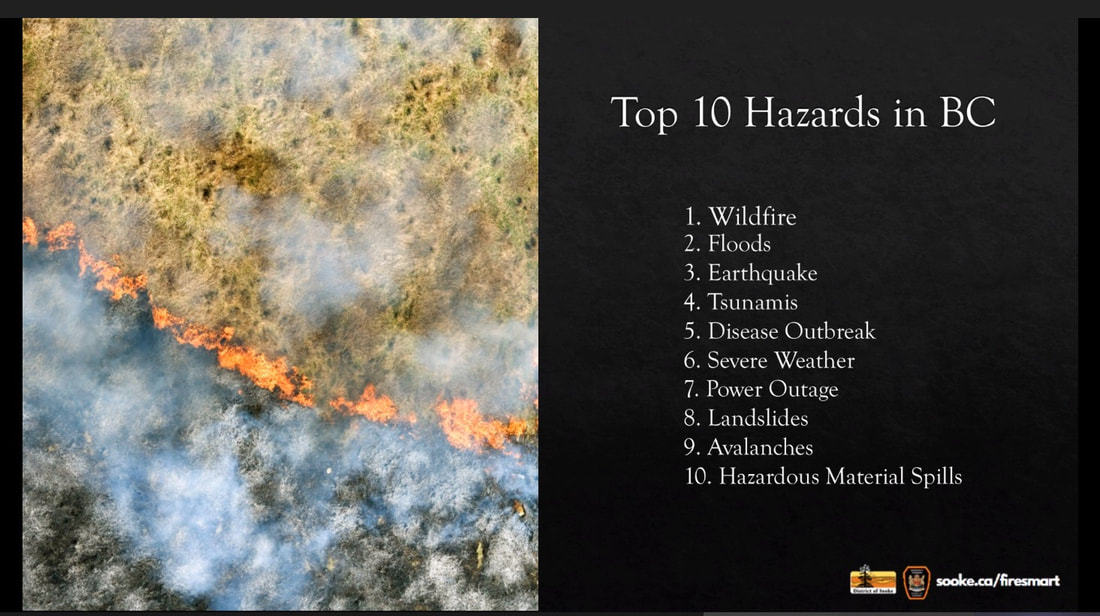

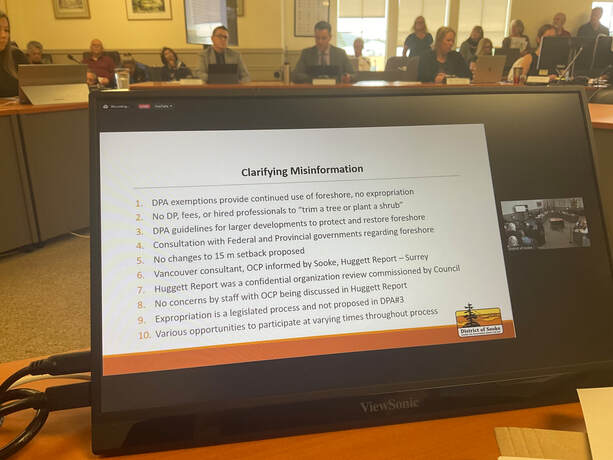
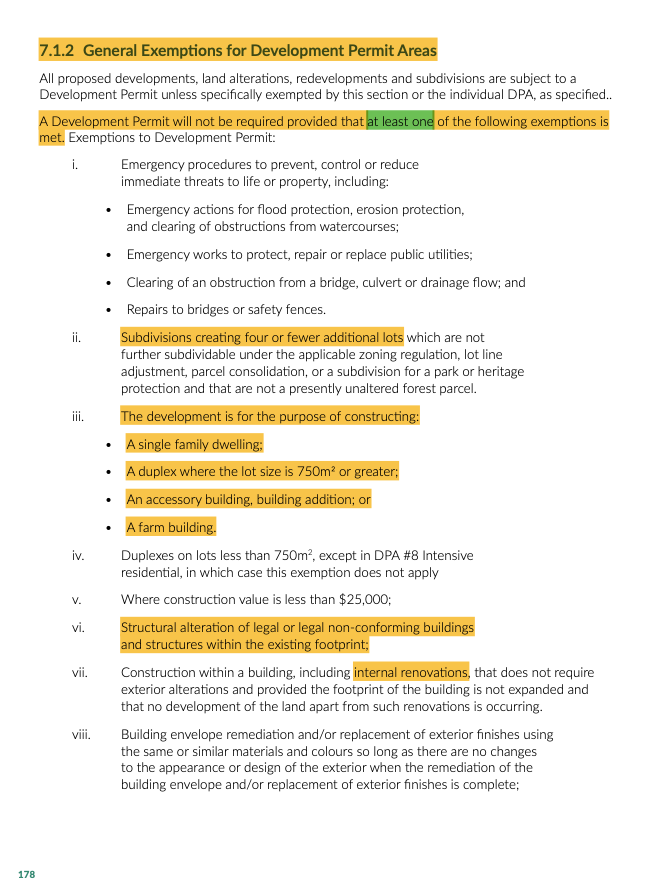
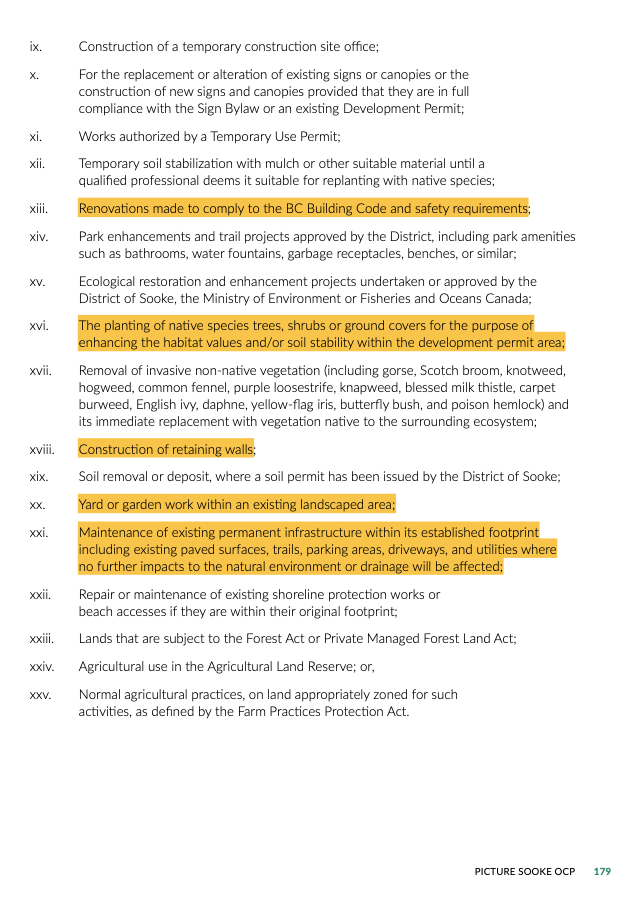
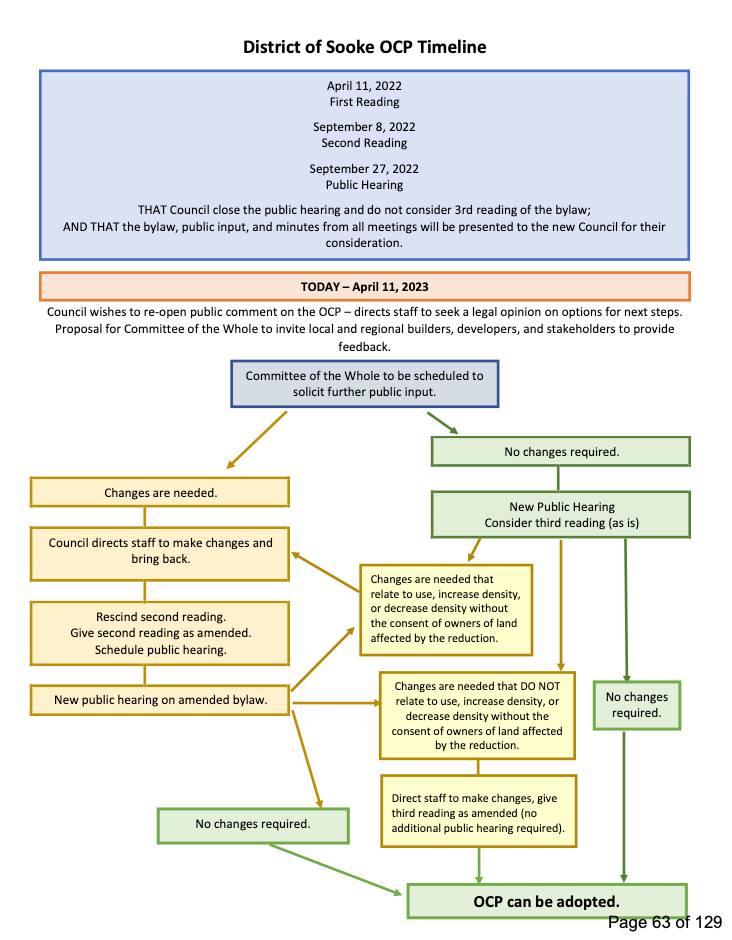
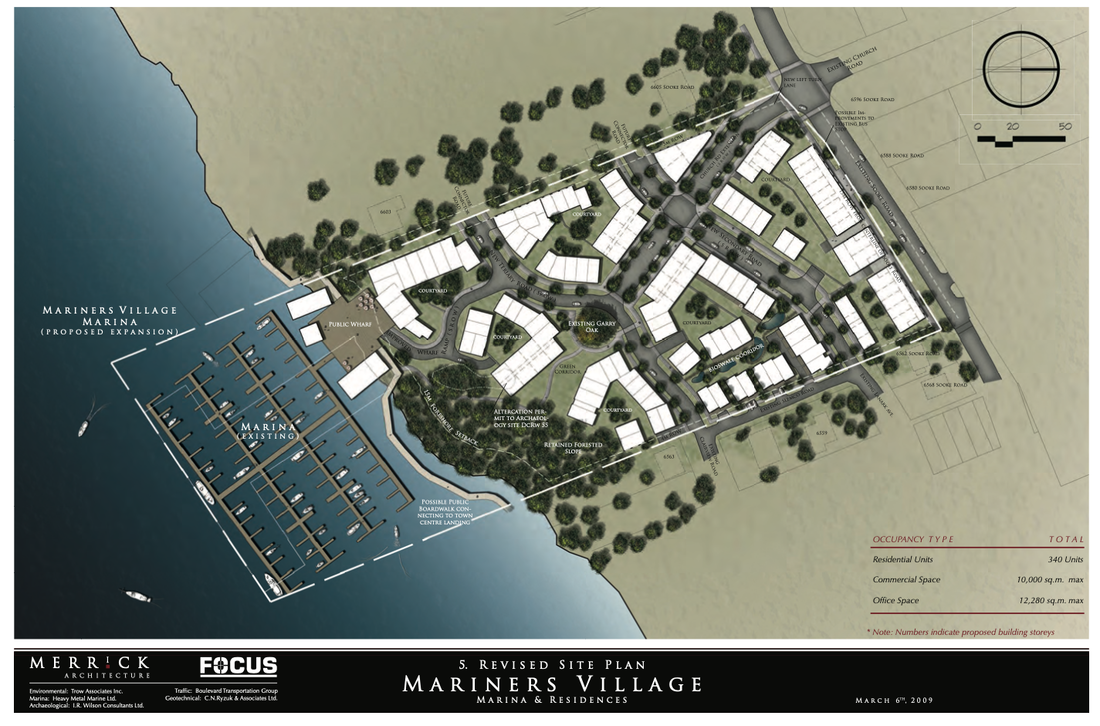
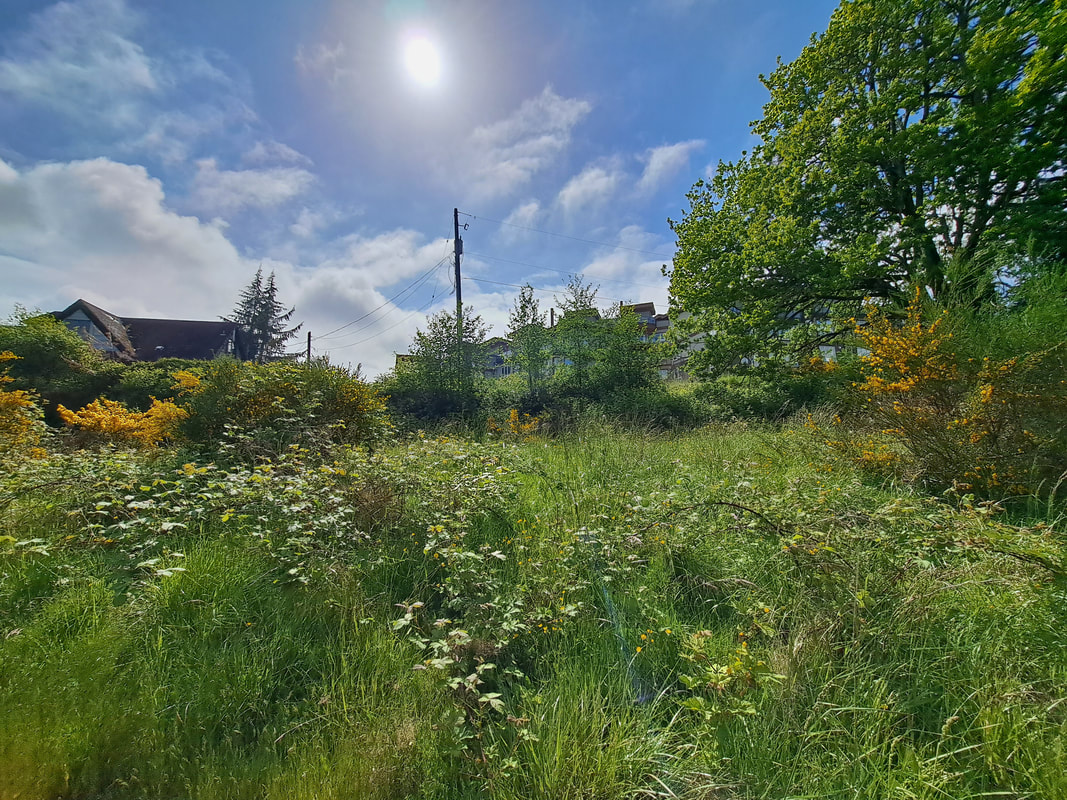
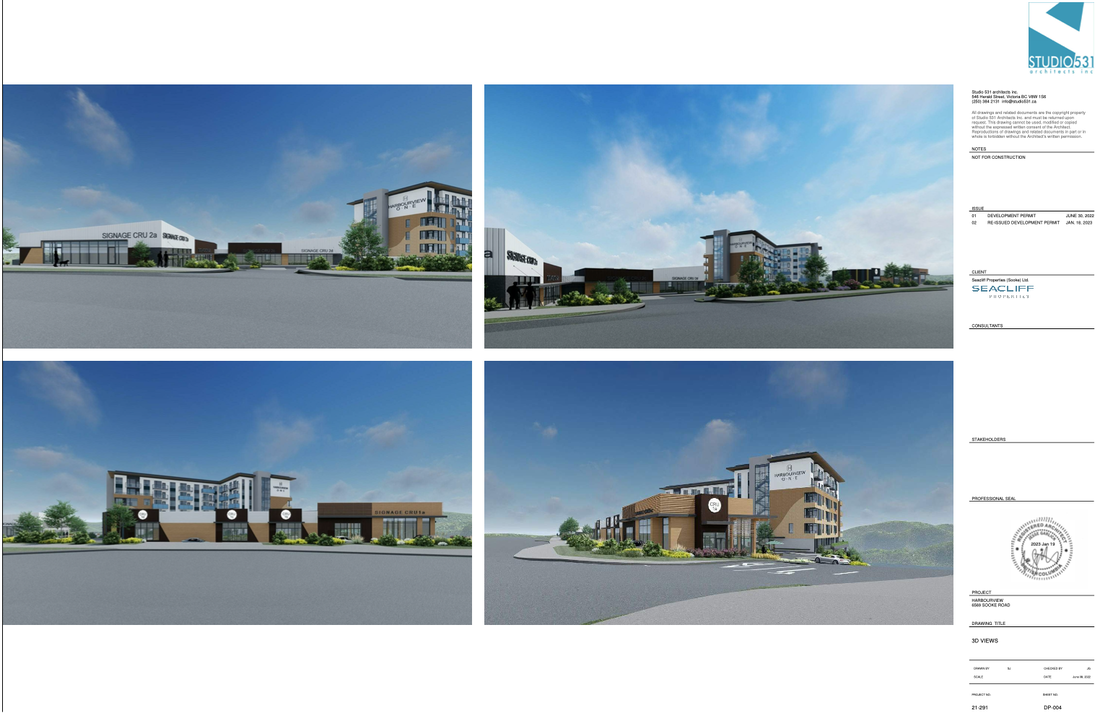

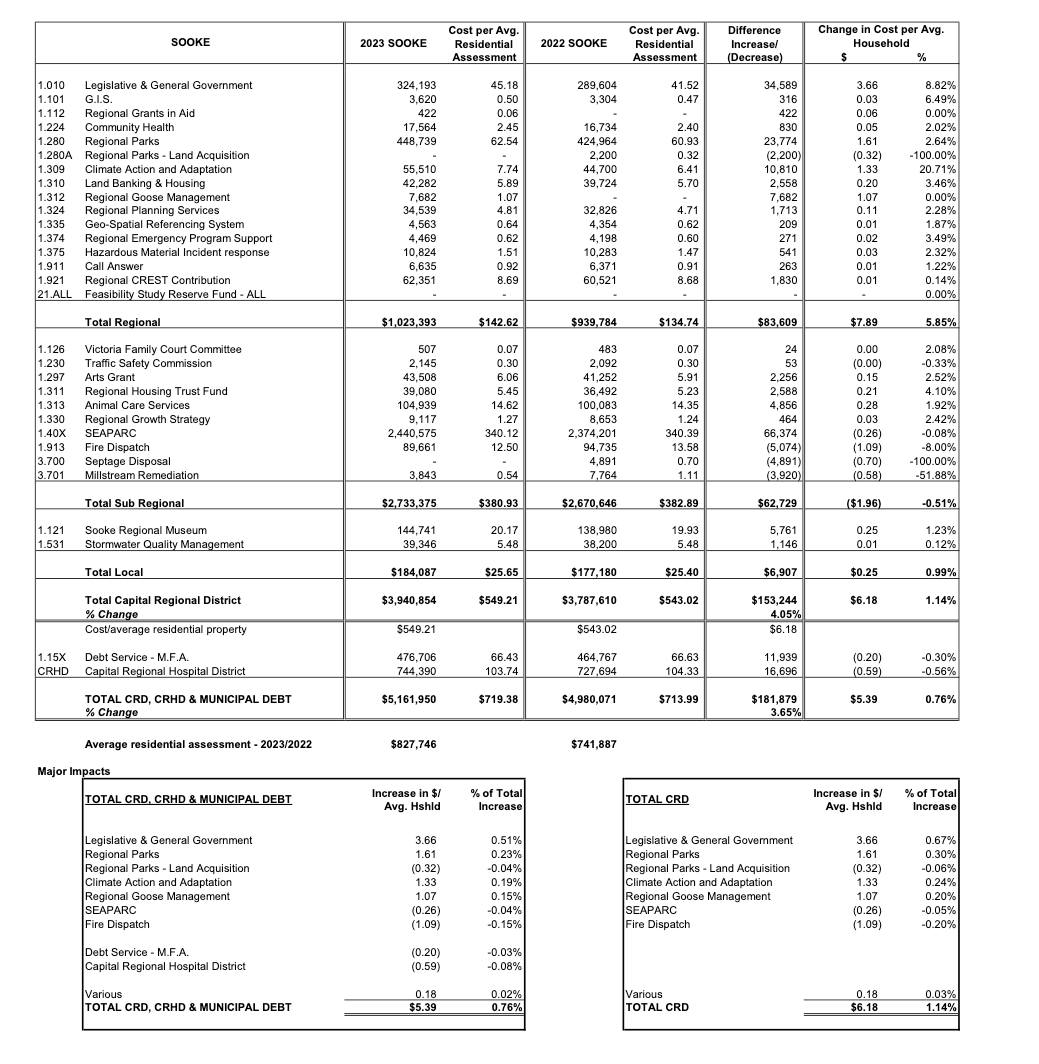

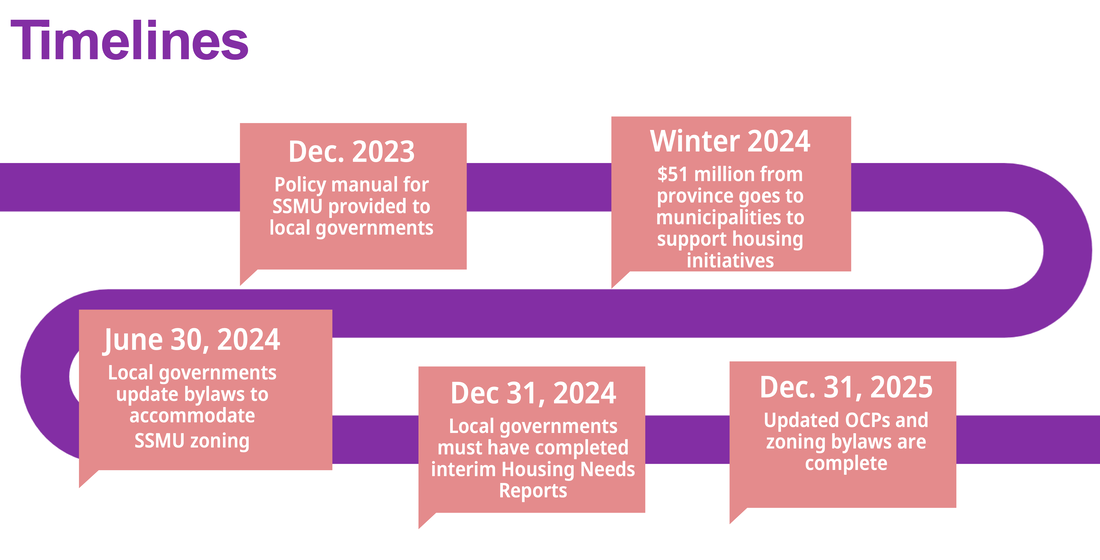



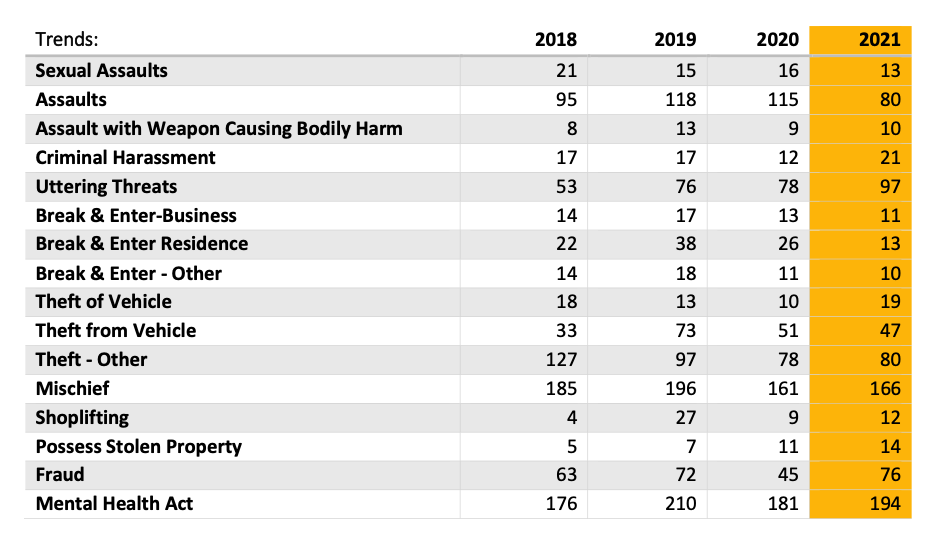
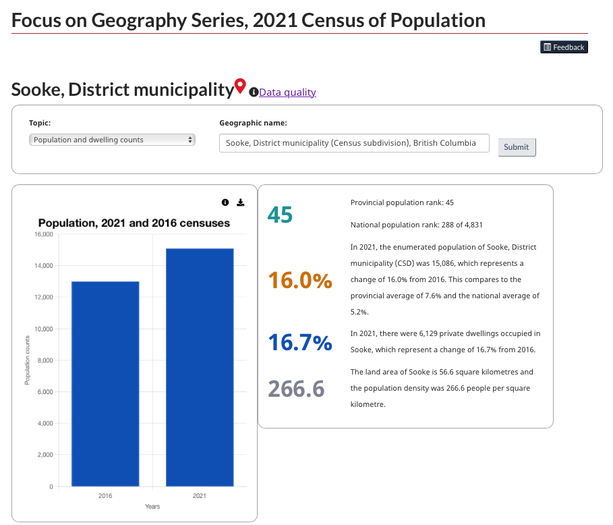
 RSS Feed
RSS Feed